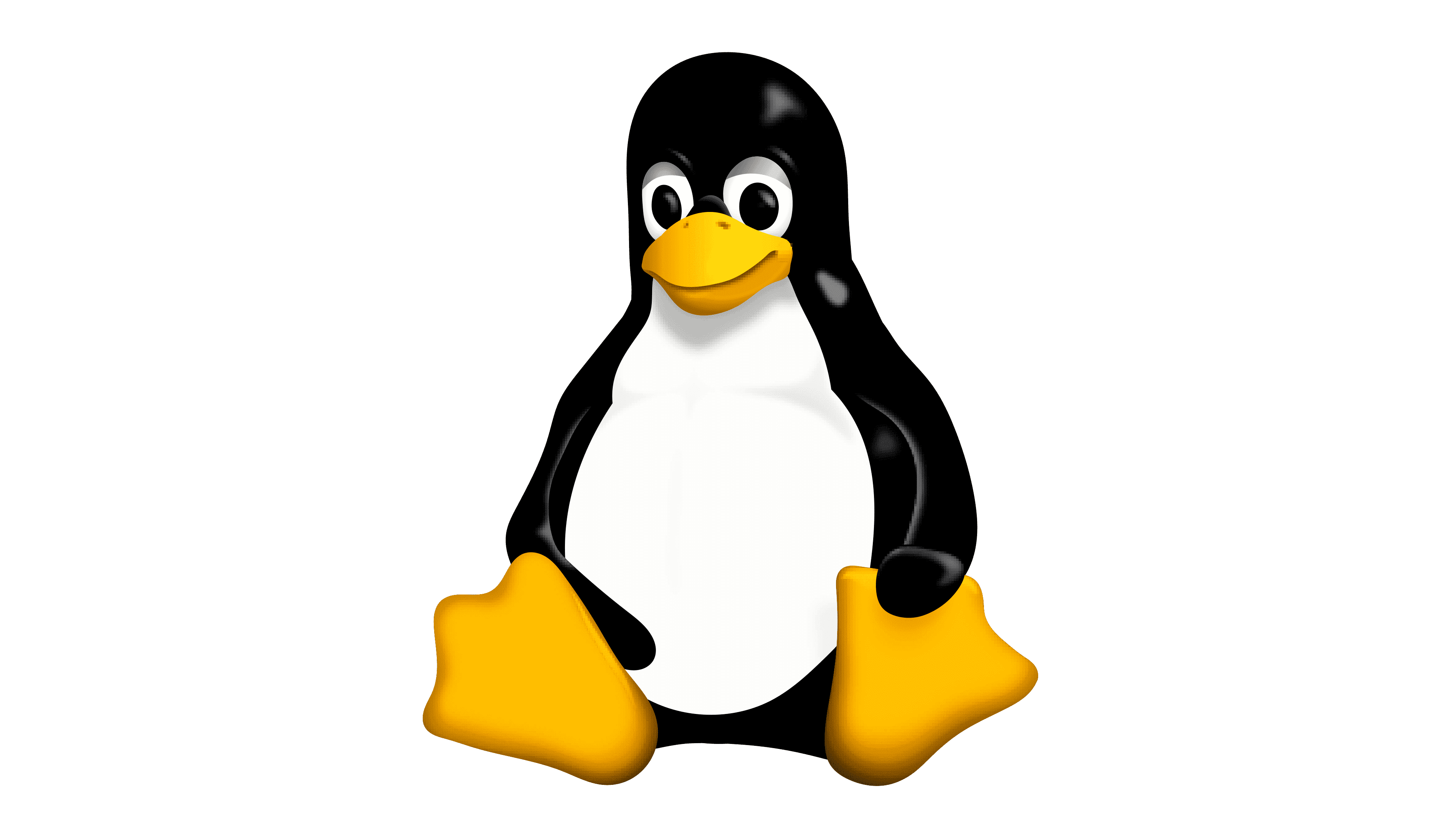What Is Linux? An Introduction to the Popular Operating System

Linux is an operating system's kernel that has gained significant popularity in recent years. It is often referred to as a UNIX clone, but it was actually created from scratch by Linus Torvalds. The distinguishing characteristic of Linux is that it is free and open-source, allowing users to modify and redistribute it as per their needs.
📑 Table of Contents
Introduction to Linux
Linux, at its core, is an operating system kernel. It serves as the foundation for numerous operating systems commonly referred to as Linux distributions or "distros." Its open-source nature fosters a vibrant community of developers and enthusiasts.
Linux Distributions
Linux distributions, or distros, are complete operating systems built around the Linux kernel. Some popular distros include:
- Ubuntu
- Red Hat Enterprise Linux
- Linux Mint
- Debian
- Fedora
Basic Linux Commands
| Command | Description |
|---|---|
| pwd | Displays the current working directory. |
| ls | Lists files and directories. |
| cd | Changes directory. |
| mkdir | Creates a new directory. |
| rm | Deletes files or directories. |
FAQs
A: Linux may have a learning curve, but with practice and online resources, it becomes easier.
A: Yes, Linux supports dual-boot installations.
💡 Pro Tip: Linux is not just for developers — it's a powerful tool for anyone who values performance, security, and freedom.
🚀 Ready to Try Linux?
Download your favorite Linux distribution today and unlock the power of open-source computing!
Download Linux
0 Comments